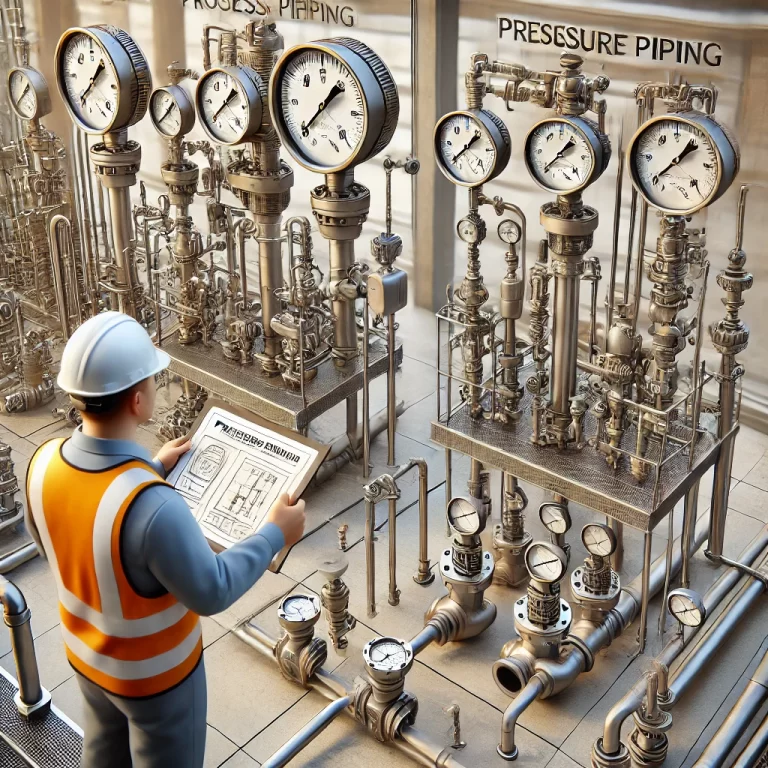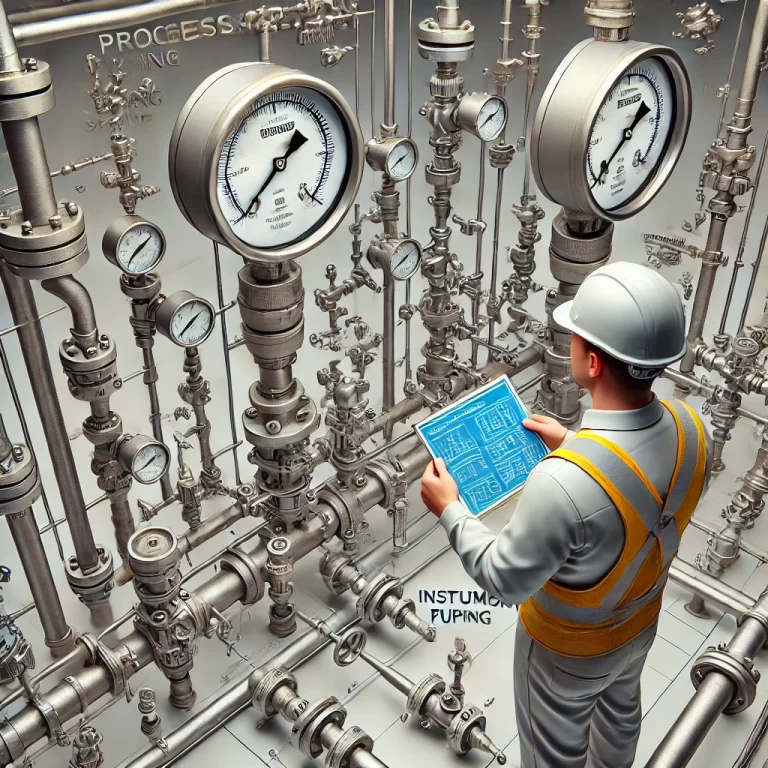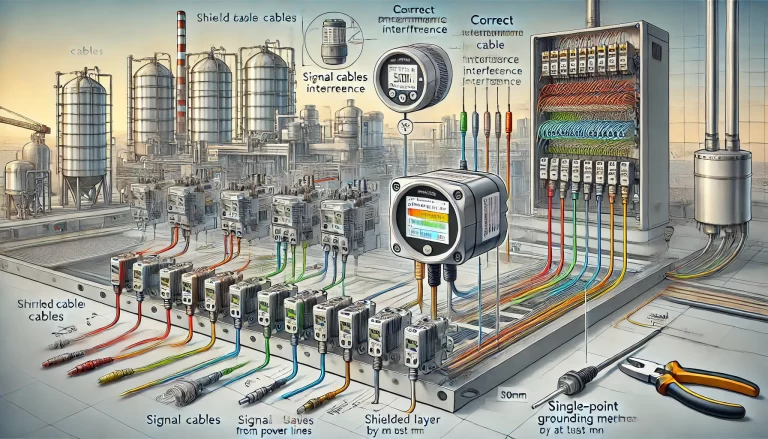When designing or maintaining industrial systems, one common question arises: Can a pressure gauge and a thermometer be installed in the same location? The answer largely depends on the specific system requirements, measurement accuracy, and safety considerations. This article explores the factors influencing the placement of pressure gauges and thermometers, potential challenges, and recommended best practices.

1. Understanding the Functions of Pressure Gauges and Thermometers
Before determining if both instruments can share the same installation point, it’s important to understand their individual functions:
Pressure Gauge
- Measures the pressure of gases or liquids in a system.
- Typically connected to pipelines, tanks, or pressurized equipment via a threaded or flanged connection.
- Commonly used in steam systems, HVAC, chemical processing, oil & gas, and water distribution systems.
Thermometer
- Measures the temperature of a fluid or system.
- Requires proper thermal contact with the medium being measured.
- Often installed using a thermowell, which allows easy removal and replacement without system depressurization.
Since these two devices measure different physical properties, their installation requirements vary, making it crucial to consider whether they can share the same location.

2. Key Factors Affecting Installation
Several factors must be evaluated before deciding if a pressure gauge and thermometer can be installed at the same location:
A. Measurement Accuracy
Each instrument needs a stable and representative sample of the system’s conditions:
- Pressure gauge readings could be affected if the flow near the installation point is turbulent or obstructed by a temperature sensor.
- Thermometers require direct contact with the fluid to get an accurate reading, which may not be possible if installed in a port designed for pressure measurement.
B. Connection Types and Compatibility
- Pressure gauges are typically installed using threaded (NPT, BSP), flanged, or diaphragm-sealed connections.
- Thermometers are often installed in thermowells, requiring an insertion depth into the fluid stream.
- A single connection point may not be able to accommodate both devices without compromising proper function.
C. Safety Considerations
- In high-pressure applications, the presence of a thermometer can create a potential leak point if not properly sealed.
- Rapid temperature fluctuations can impact the pressure gauge’s internal mechanisms, leading to inaccurate readings or early wear.
D. Impact on Fluid Flow
- Installing both instruments in the same location could disrupt the flow of liquid or gas, leading to pressure drops or localized temperature variations.
- If the instruments are too close, heat conduction from the thermometer may affect the pressure gauge’s accuracy.

3. Best Practices for Installation
Since it is generally not recommended to install a pressure gauge and thermometer at the exact same point, here are the best alternatives:
A. Install at Separate Points
The preferred method is to install the pressure gauge and thermometer in separate but close locations along the pipeline or equipment.
- Place the pressure gauge where it can measure system pressure without obstruction.
- Install the thermometer in a thermowell nearby, ensuring proper immersion for accurate readings.
B. Use a Dual-Sensor Instrument (Temperature-Pressure Gauge Combo)
For space-constrained applications, temperature-pressure combination gauges are available. These instruments:
- Provide both temperature and pressure readings in a single unit.
- Are commonly used in boilers, steam systems, and HVAC applications.
- Reduce the number of connection points, minimizing leak risks.
C. Utilize a Manifold or Tee Connection
If a single tapping point must be used, a tee fitting or manifold can accommodate both instruments.
- A tee fitting allows the thermometer and pressure gauge to be mounted at slightly different angles, reducing interference.
- Ensure that the thermometer is not obstructing fluid flow into the pressure gauge’s sensing element.
D. Install in a Bypass Line
For critical systems where measurement accuracy is essential, installing a bypass line can:
- Ensure both devices have independent measurement points.
- Allow easy maintenance without disrupting the main pipeline flow.

4. Application-Specific Considerations
A. Steam and Boiler Systems
- Often require both pressure and temperature monitoring.
- Combination gauges or dual ports are commonly used.
- Ensure proper insulation around thermometers to prevent heat loss.
B. Chemical and Oil & Gas Industries
- Require precise measurements and high reliability.
- Best practice: Separate measurement points to ensure accurate and independent readings.
- Use pressure-sealed thermowells for high-pressure applications.
C. Water and HVAC Systems
- Can benefit from combo gauges, provided that accuracy is not significantly compromised.
- Pressure and temperature sensors should be installed near control valves for better monitoring.

5. Conclusion: Can They Be Installed in the Same Location?
In most cases, a pressure gauge and a thermometer should NOT be installed in the exact same location due to differences in measurement principles, connection types, and potential interferences. However, practical solutions such as combination gauges, tee fittings, or separate installation points can help achieve both pressure and temperature monitoring efficiently.
By following proper installation guidelines, you can ensure accurate readings, enhanced safety, and prolonged instrument lifespan. If system constraints demand a shared location, consider temperature-pressure combo gauges or a manifold setup to optimize performance.
